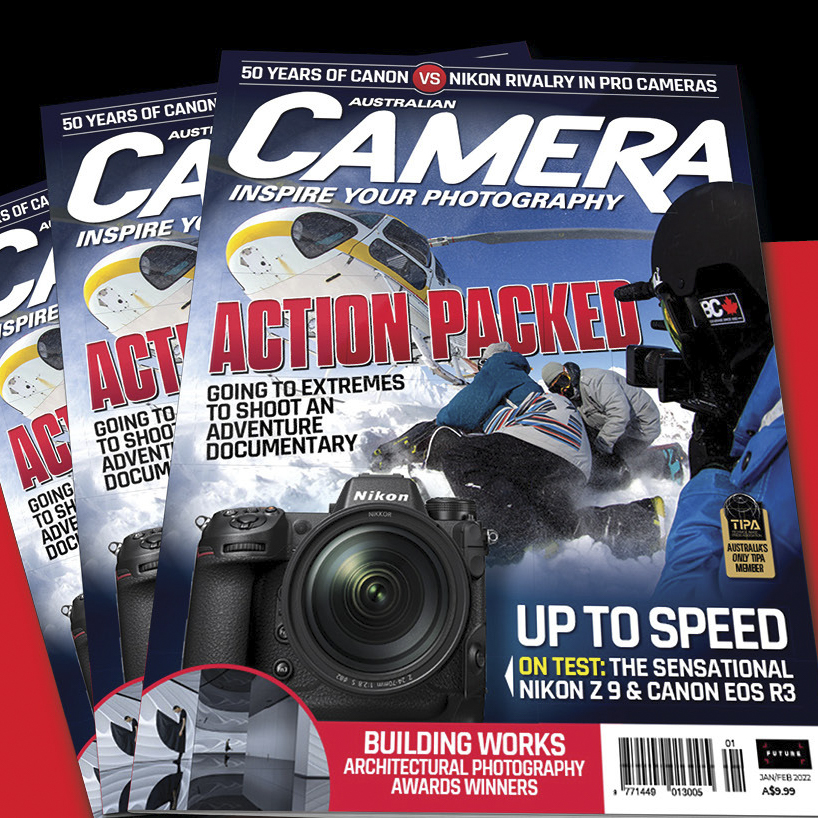Peter Adams... and A Few of the Legends
How a trivia quiz over a boozy lunch led to the birth of Peter Adams' book A Few Of The Legends
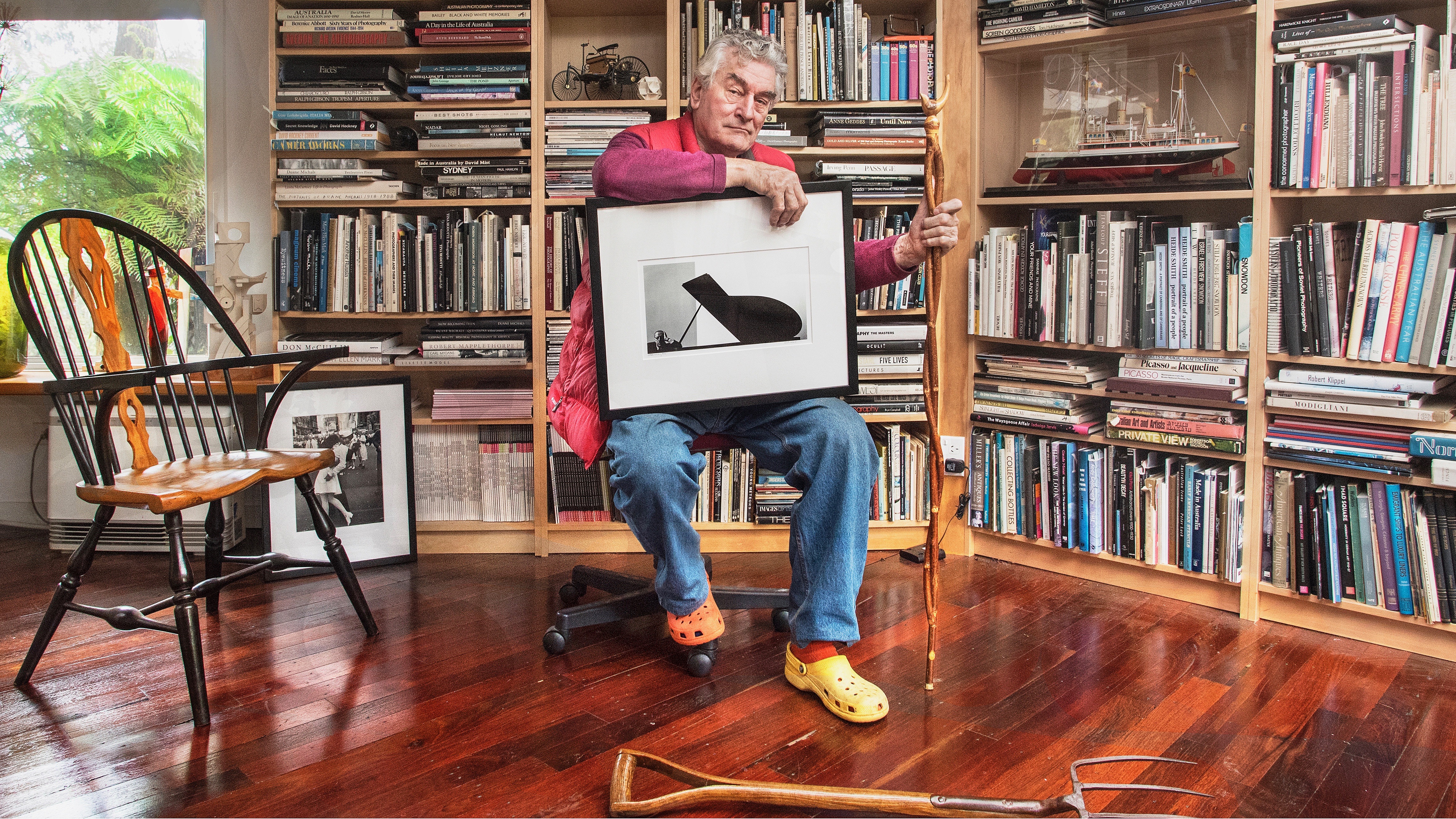
It began as a bit of trivia at the end of a boozy lunch and ended up taking up 37 years of his life. Even in the cold light of the next morning, Peter Adams doesn’t appear to have been daunted by his plan to interview and photograph 500 of the world’s famous – and some not-so-famous – photographers. The result is the mammoth, 608-page A Few Of The Legends.
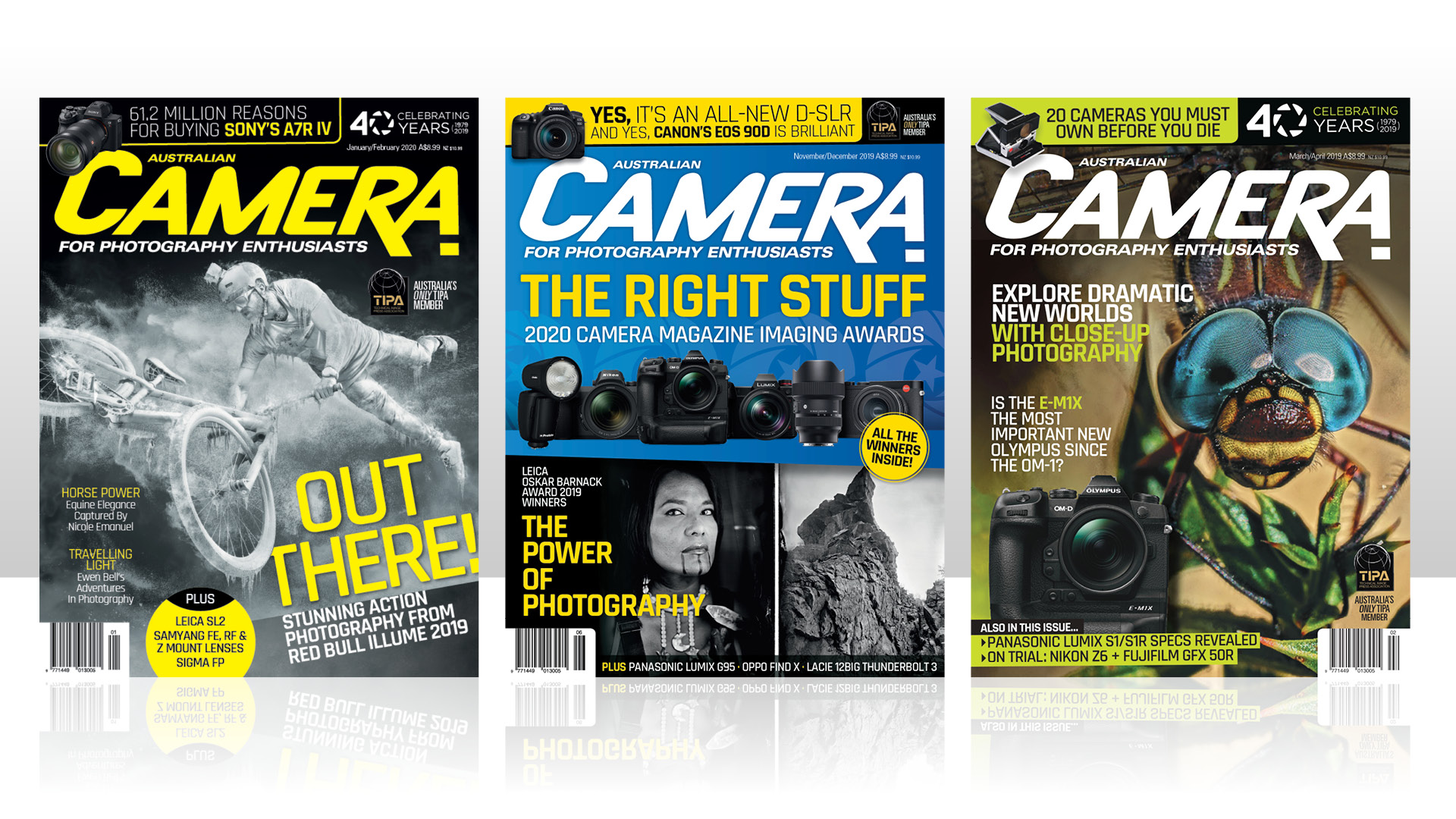
This article originally appeared in Australian Camera magazine, one of Digital Camera World's sister titles Down Under. Click here to find out more about Australian Camera magazine, including how you can subscribe to the print issues or buy digital editions.
It’s just as well we can’t see into the future because, if we could, a great many worthy projects wouldn’t get off the ground. Too hard. Too expensive. Too risky. There’s little doubt that Peter Adams might have thought twice about A Few Of The Legends had he known it would end up taking more than 35 years to complete, cost close to $500,000 to produce, involve around 250,000 kilometres of travel (much of it overseas) and generate 42,000 film negatives (plus countless digital files).
It all began in 1983 as Peter was making the transition from cinematography to photography (at a time when the opposite was far more common) and had just completed a photography course. The celebratory lunch ended with a game of photographic trivial pursuit where the challenge was to put an author’s name to some of the most iconic photographs ever taken. Peter was surprised, as was everybody else, at how many of these famous images they all knew well, but had no idea who had taken them.
Peter reminisces, “We recalled famous photographs from the past – such as the Hindenburg Disaster, VJ Day in New York and the famous image of the Viet Cong soldier being executed in a Saigon street – and while most of us were familiar with the images, few of us could recall the names of the photographers, what they looked like or, indeed, even if they were still alive. We had consumed far too much of the amber liquid when someone – who wasn’t about to take his own advice anyway – suggested I should do a book on it and that’s essentially how A Few Of The Legends began.”
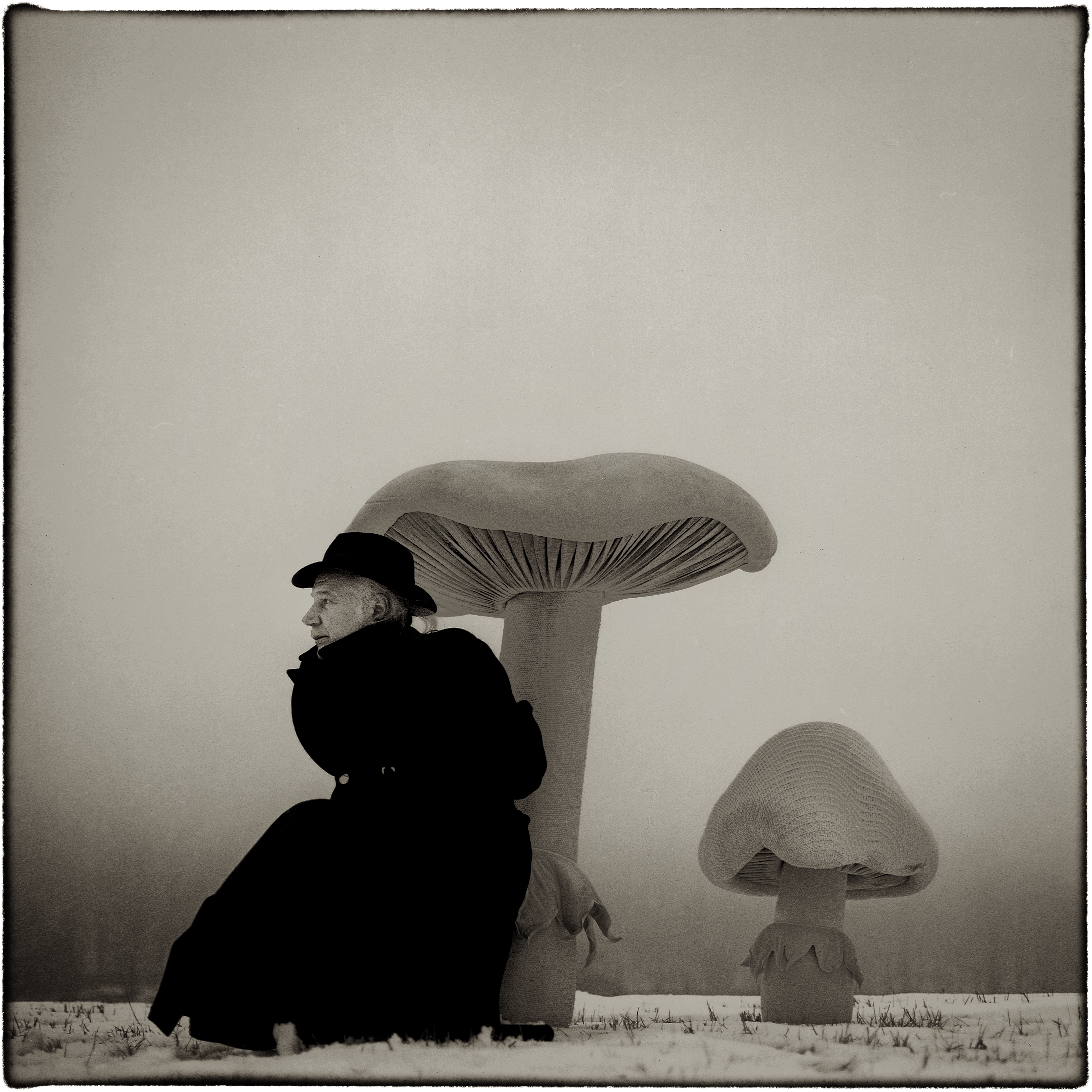
Initially, the project was only going to include around 100 photographers, mostly all interviewed during a four-week trip to California and Mexico, and with a few of the best-known locals mixed in... and he opted to concentrate on B&W specialists because he wanted to take their portraits in B&W.
However, Peter soon realised this was just scratching the surface, and so the project began to take on a life of its own, eventually being capped at 500 subjects, spanning the length and breadth of 20th century photography. Some were famous for a lifetime of work, others for maybe just one significant photograph, but one photograph that – such is the power of the picture – helped create an awareness, motivate changes in attitude and bring about change.
The gargantuan logistics aside, A Few Of The Legends is also about tenacity, perseverance, patience and, when potential subjects were playing hard to get, some plain old I-won’t-take-no- for-an-answer stubbornness. This worked with the likes of Arnold Newman, Don McCullin and David Bailey, but there were some that got away for one reason or another.
Get the Digital Camera World Newsletter
The best camera deals, reviews, product advice, and unmissable photography news, direct to your inbox!
As Peter explains, “Imogen Cunningham, Ansel Adams, Edward Weston and Jacques Henri Lartigue had all departed for that great darkroom in the sky before the project began. Others simply didn’t want to be included, among them Henri Cartier-Bresson, Richard Avedon, Harry Callahan and Irving Penn”.
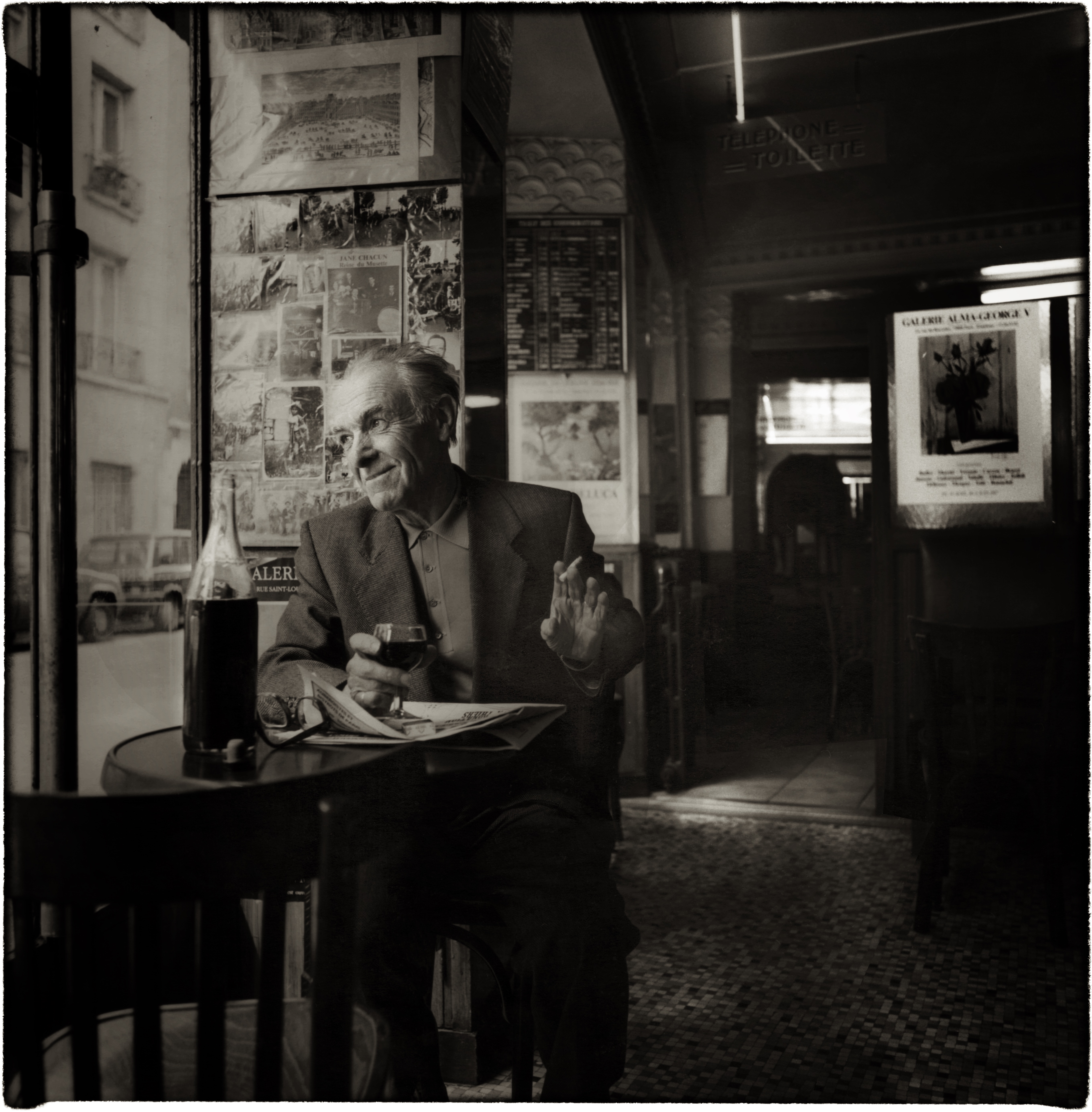
Nevertheless – and undoubtedly a testimony to his unflagging doggedness – he was granted audiences with a very long roll call of some of the greatest names in 20th century photography.
How’s this for just a sampler (in addition to the three mentioned earlier)? Edward Boubat, Manuel Alvarez Bravo, Cornell Capa, Bruce Davidson, Robert Doisneau, Terence Donovan, Alfred Eisenstaedt, Elliott Erwitt, Sam Haskins, Yousuf Karsh, William Klein, Annie Liebovitz, Patrick Litchfield, Jay Maisel, Sally Mann, Mary Ellen Mark, Steve McCurry, Sarah Moon, Helmut Newton, Gordon Parkes, Martin Parr, Willy Ronis, Sabastião Salgado, Jeanloup Sieff and Pete Turner (and there’s many more, of course).
That’s just the internationals... the list of great Australian photographers Peter managed to interview is no less star-studded – David Moore, Max Dupain, Jeff Carter, Olive Cotton, Peter Dombrovskis, Rennie Ellis, Maggie Diaz, Bill Henson, Mark Lang, Lewis Morley, Trent Parke, Athol Shmith and Penny Tweedie.
It’s an inevitability, given the project’s span of time, but you’ll probably notice that quite a number of the photographers on both these lists have since, to quote Peter, “all departed for that great darkroom in the sky”, but this is now simply adding to the historic significance of his undertaking.
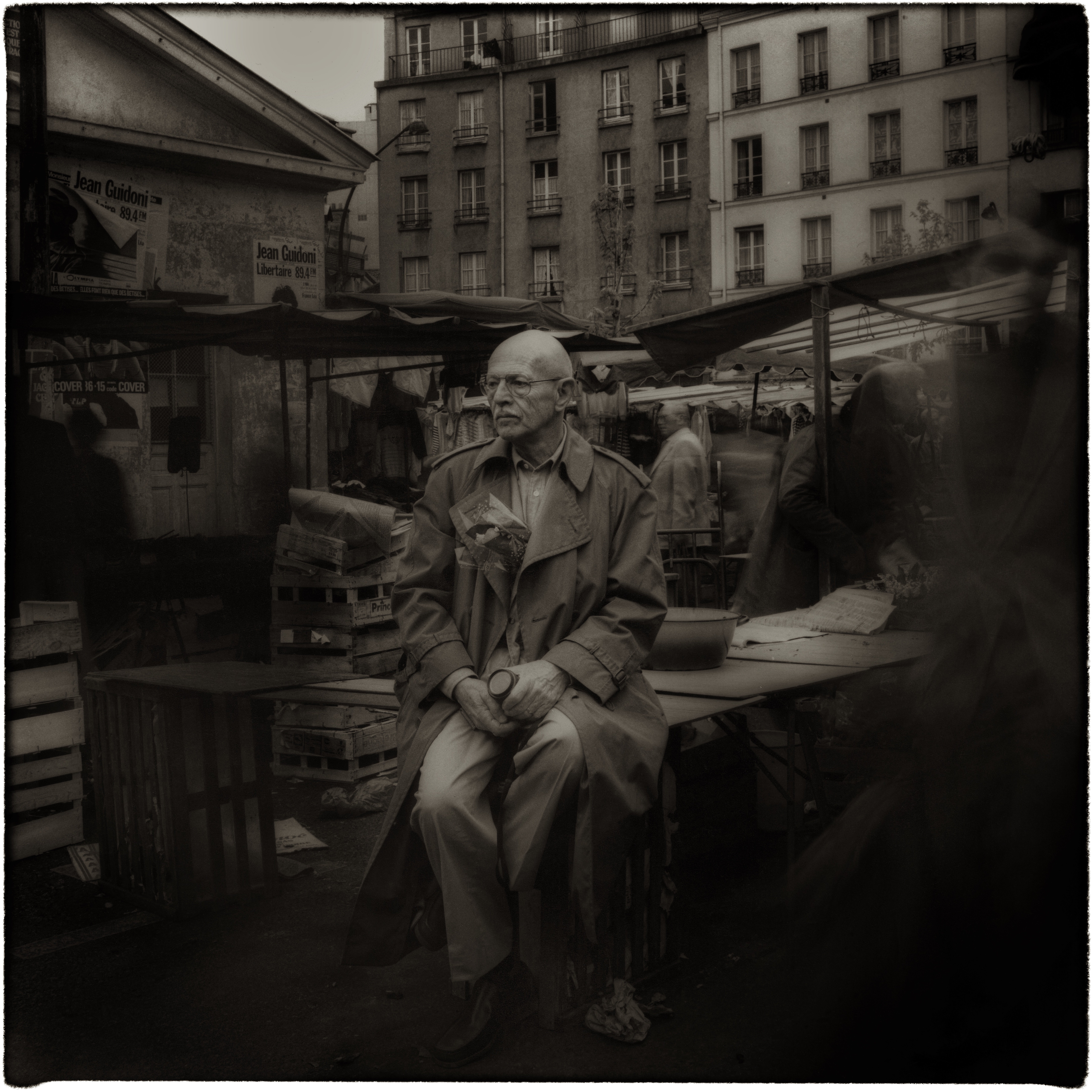
There were, however, some close calls. The English photographer Slim Hewitt – famous for his documentary work for Picture Post magazine in the 1930s and ’40s – was bedridden when Peter interviewed him at his London home in 1987 and died just a week later. New Zealand photographer James White died of bowel cancer a few weeks after Peter had interviewed him. Another English photographer, Raymond Moore, died of heart failure six months after his interview, which had taken place in April 1987 at his home in Cumbria, northern England.
However, with all those who have since passed on, it was the chance to document – first-hand and sometimes for the first time – all their contributions to photography that is the positive outcome here. Never has there been such a variety of photographic practitioners – in terms of both genres and lives lived – gathered in one volume... albeit one truly voluminous volume.
It was the sheer physical aspects of the book – it weighs in at around six kilos – that eventually imposed some culling, and so 280 photographers made the final cut in A Few Of The Legends.
“The final choice was entirely mine based on four criteria,” Peter explains. These were photographers who have taken a great historic or interesting photograph, those who represent a cross-section of nationalities and modi operandi, those I liked and respected as human beings, and those who have contributed to photography as promoters, educators or inventors.”
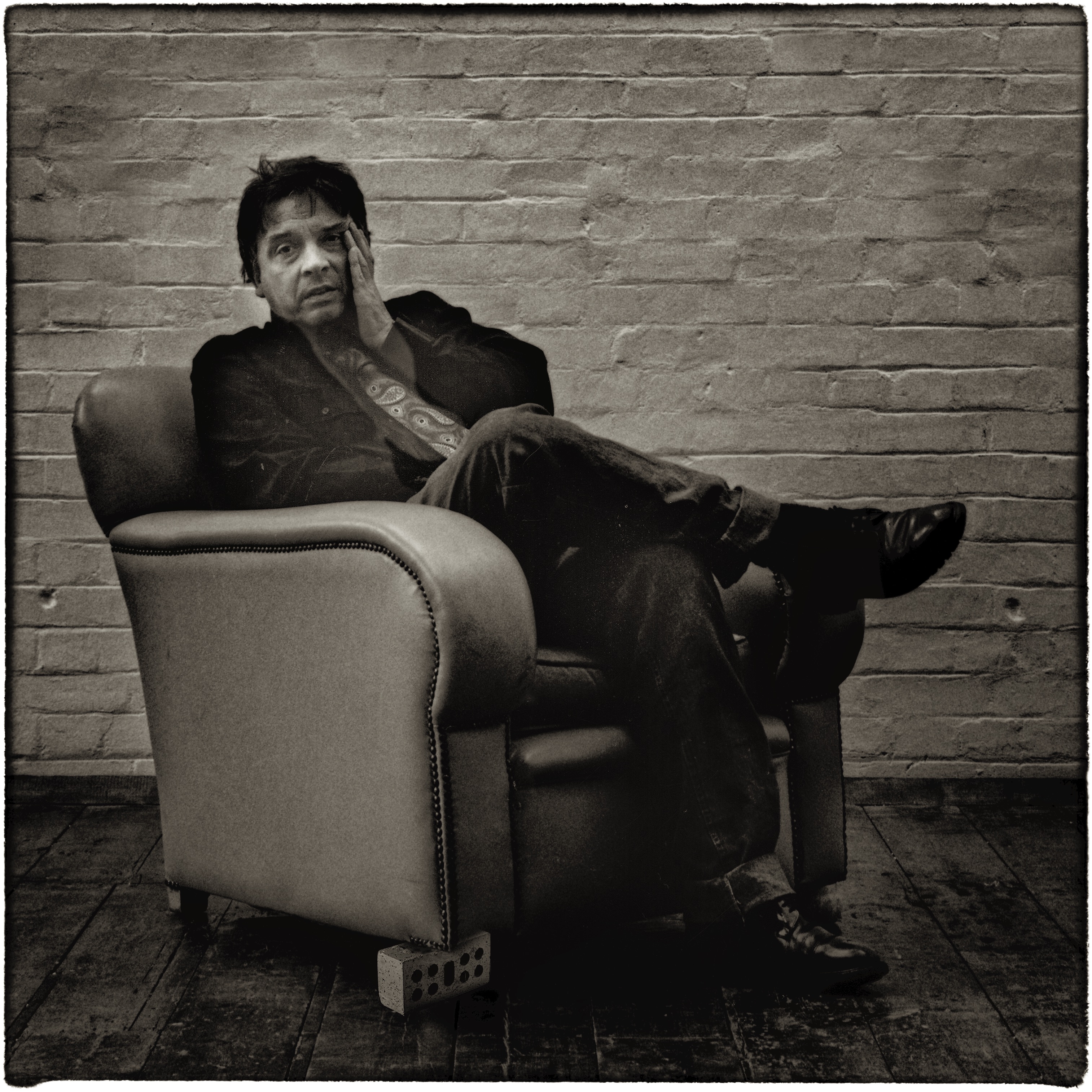
Photography is... what exactly?
While the project has essentially taken over his life since 1983 and has been the source of considerable angst along the way, Peter says there have also been enormous positives too.
“To look at it another way, the project became, for me, 500 extraordinary lectures on photography. It was a big learning curve for me.” And 500 mostly very differing views regarding the essence of photography and what being a photographer is all about – as a survey of the quotes which head each interview in the book quickly reveals.
Here’s a small sample...
French photographer Bernard Descamps – “Photography: it’s as simple as getting a camera and going for a walk. Then start looking. It’s something very instant. It’s done very quickly. There’s no need to prepare things.”
Australian photographer Ian Dodd – “I like to explore the magic and the real, the human, erotic and eccentric. Photography is still the most powerful medium for creating an illusion of reality”.
Elliott Erwitt – “Good photography is not about zone printing or any other Ansel Adams nonsense. It’s just about seeing. You either see or you don’t see. The rest is academic. Photography is simply a function of noticing things. Nothing more.”
American Anthony Friedken – “Great photographs, like great art, transcend time. Picasso once wrote ‘Art is the lie that tells us the truth’, but only a photograph can tell us the truth of the moment.”
American Charles Harbutt – “Photography is a unique visual language that cannot be expressed in words. As a matter of fact, if it can be expressed in words, then it probably isn’t worth photographing.”
English photographer Paul Hill – “A photograph is a tissue of lies. The photographer chooses where to put the tripod, what to leave in, what to leave out, and what moment to press the shutter. The resulting image can present a believable window on the world but it is, in fact, very subjective.”
Mary Ellen Mark – “Photographers must have a point of view – must have something to say. Without a philosophy, a photographer is simply a technician who clicks the camera.”
All the best artists have a philosophy and you just can’t go down to the camera store and get a philosophy. You get it out of living for a while.
Peter Adams
English photographer Roger Mayne – “Photography involves two main distortions: a simplification into black and white and the seizing of an instant in time.”
American photographer Sheila Metzner – “Photography is still the most basic form of magic. Caught in my ‘box of darkness’, the image becomes immortal.”
American Duane Michals – “People believe in the reality of photographs, but not in the reality of paintings. That gives photographers an enormous advantage. Unfortunately, photographers also believe in the reality of photographs.”
Swedish photographer Christer Strömholms – “Photography is all about relationships. The relationship between an image and the person looking at it. You can’t have a relationship with photography unless you discover yourself. The only way to do that is to make personal pictures.”
Pete Turner – “A photographer’s work is given style by personal vision, not simply by technique. Ultimately, simplicity is my goal, but simplicity is one of the hardest things to achieve.”
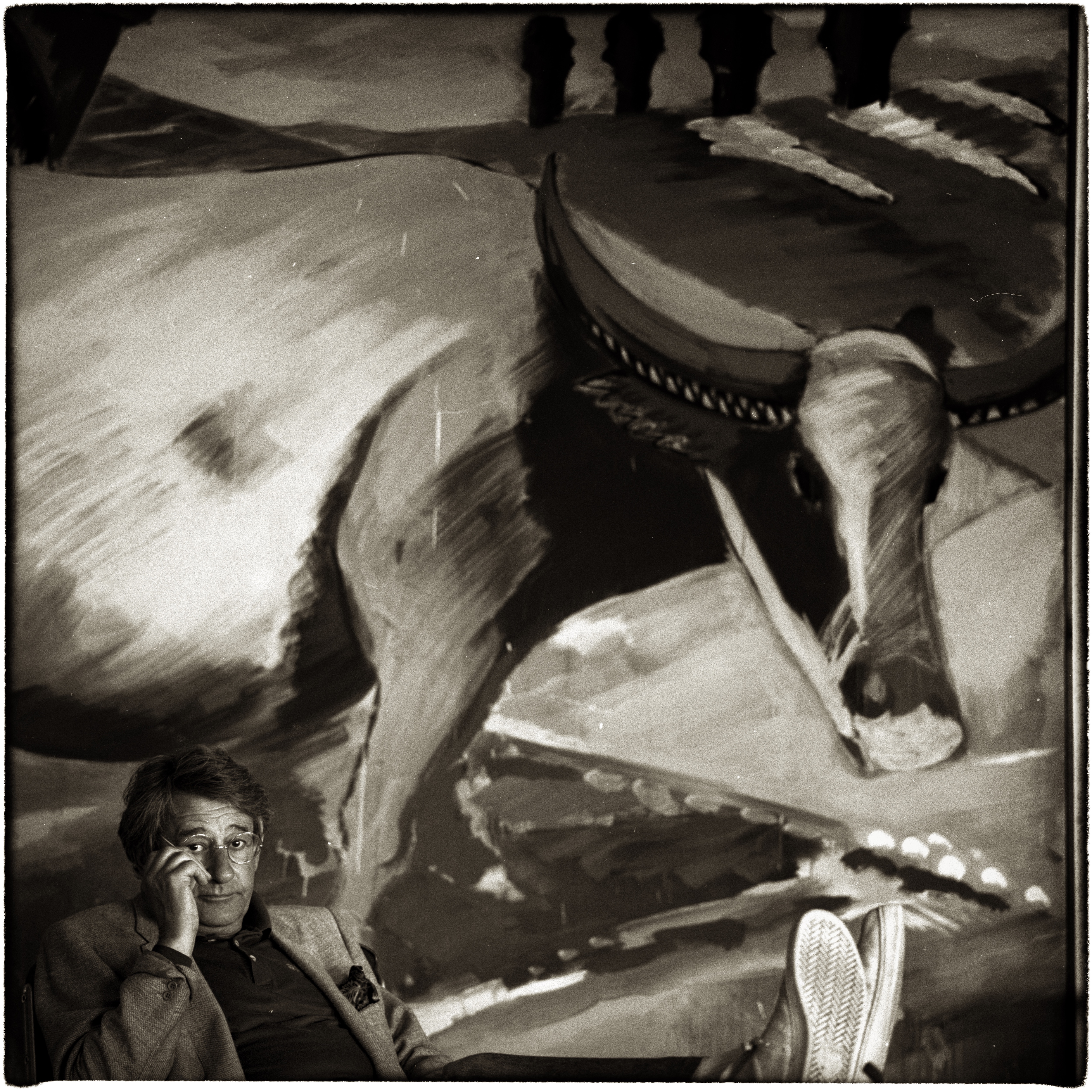
Persistence has its rewards
A number of Peter’s interviewees have ended up becoming friends and even mentors, as was the case with the legendary American portrait photographer, Arnold Newman (1918–2006) with whom a special relationship developed.
“I was in Los Angeles shooting a TV commercial for Qantas and we finished early, so I thought I’d go to New York and interview Arnold, but when I telephoned him, he said he didn’t have time. I said, ‘Well, I’m coming across to New York’, and he replied, ‘I hope you’re not coming especially just to see me’. So I said no, even though I was, but then he relented a bit and said, ‘Well, call me at the end of the week’.”
As was the case with quite a number of these interviews, Newman told Peter, “You’ve got an hour”, but he was still there five-and-a-half hours later and, as he was leaving, Newman said, “I’d like to swap a print with you”. Peter picked a portrait of Otto Frank, father of Anne Frank, mainly because he knew this photograph was particularly important to Newman personally.
“After that he became a very close friend... and became my mentor in portrait photography. He used to borrow my Hasselblads when he came to Australia, but I’d had my Hasselblad film magazines modified to accept a strip of microfilm containing my copyright information. This was exposed on the border between each frame of the film, causing Arnold to often call me from New York, demanding a release – usually at 3am!”
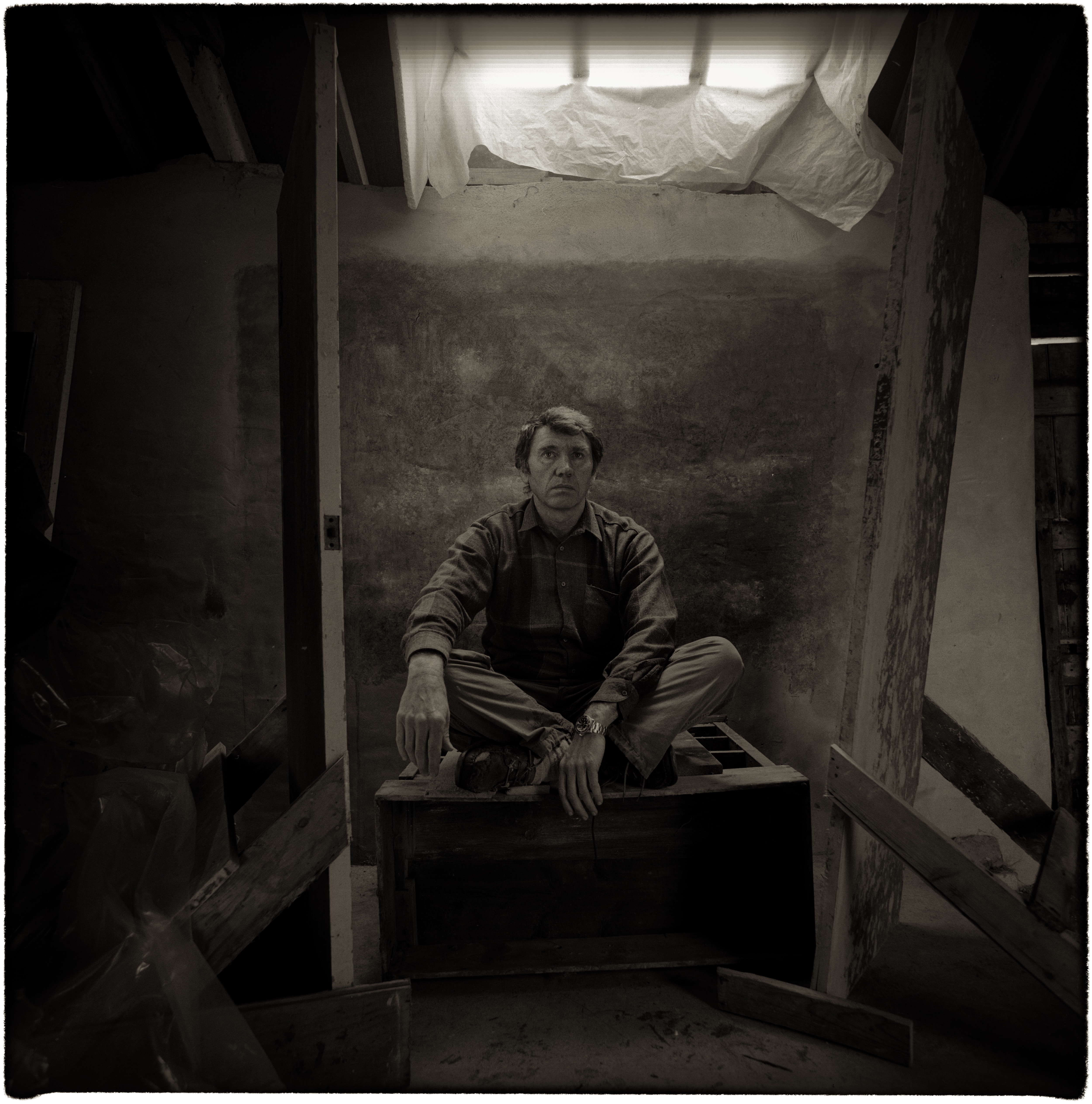
Don McCullin had point-blank refused to see Peter – he rarely, if ever, gives interviews – but he was another photographer Peter really wanted to meet, so he decided just to turn up at his Somerset home and see what happened.
“His pictures tell you all about his care and concern for the average man... so I thought that if I arrive in the middle of February and just sit in my freezing van, his good nature will get in the way of him still refusing to see me.
“At about ten-thirty, his front door opened and he tapped firmly on the roof of the van and presented me with a strong cup of hot chocolate and equally firm advice that it was pointless waiting because he was printing and he had no time for interviews. His parting words were. ‘Leave the mug on the doorstep!’ I spent the next five hours snuggled inside my sleeping bag reading his book, The Destruction Business. By three in the afternoon, he reappeared and said ‘Bugger it! You’d better come in’.”
David Bailey and Tony (Lord) Snowdon were convinced to see Peter after he’d interviewed fellow Londoner, Terence Donovan.
“Terence had been in the Home Guard and, as such, was more comfortable in a three- piece suit-and-tie, than my scruffy urban-gorilla attire. He slowly looked me up and down and then examined my portfolio of pictures, asking a question here and there, before announcing, in a strong Cockney accent, ‘Very prestigious effort, young man – now, who do you want to see who you ain’t seen? Have you seen Bailey and Snowdon?’
“I explained that they’d both said no. He put his finger to his lips and said, ‘Silly bunts!’ as he picked up the phone. I heard him say, ‘Tony? Liked your pictures in the Sunday Times! Look, I’ve got this young Australian photographer here – prestigious effort – you should see him. When? Tomorrow? ’Bout 10? Right’. This was followed by a similar call to David Bailey.”
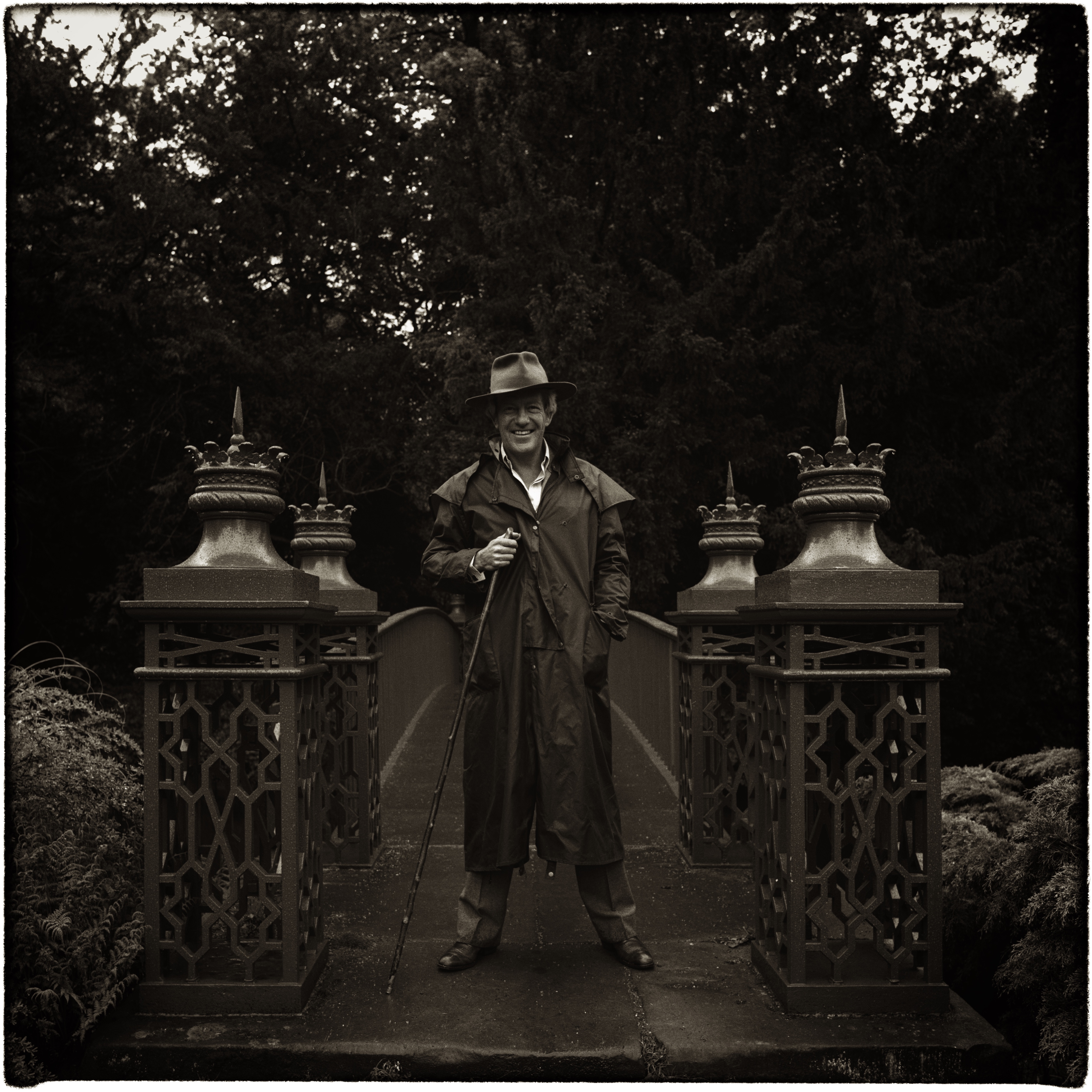
What makes a great photographer great?
Despite the huge diversity of ideas, opinions and approaches that he’s encountered during his interviews with photographers, Peter Adams believes there is a single unifying factor that underlies great photography and, consequently, also binds A Few Of The Legends together.
“All the best artists have a philosophy and you just can’t go down to the camera store and get a philosophy. You get it out of living for a while and, out of that philosophy, comes an idea. And all great art – all great art, not just photography – has, as its central theme, an idea. It’s that connection between the two that fascinates me and, to some extent, this book is about the ideas. They’re not necessarily all well-known photographers – although many of them are – but there’s always an idea behind their pictures.”
So, what is a ‘great photographer’? Does it mean that they’re really just great self- promoters or are they actually really, really good?

“Well, the thing that bothers me about the term ‘great photographer’ is that so many photographers assume that great photography is just a question of getting everything sharp and correctly exposed and so on... and yet many of the most memorable photographs are quite the opposite; they’re blurred, they’re out of focus, they’re things grabbed in a moment.”
So, in many ways, we’re really talking about the image – or images – rather than the photographers. “Yes, absolutely. I think the other thing is that, in photography, there’s this co-relationship between the past and the present or even the future. The past being memories and the future being something else... and you can’t do that unless you retain a certain amount of, I suppose, naivety – or innocence if you like – which is why sometimes an amateur photographer will take better pictures. I think we should all be amateurs at heart... the word in Latin means ‘to love’.
“All photographers should be concentrating on photographing things they love, or are passionate about. That’s what being a ‘great photographer’ is all about and you will see it in their photographs. Take Don McCullin, for example. His pictures are not just war pictures. They’re all about the dignity of man and that it’s always the poor people who end up suffering in war situations. He’s always wanted to show that side of war... the human side of war. Alfred Eisenstaedt was not just interested in photographing a press conference, but what happened a few seconds after the press conference. And that’s a philosophy... that’s waiting for the right moment.”
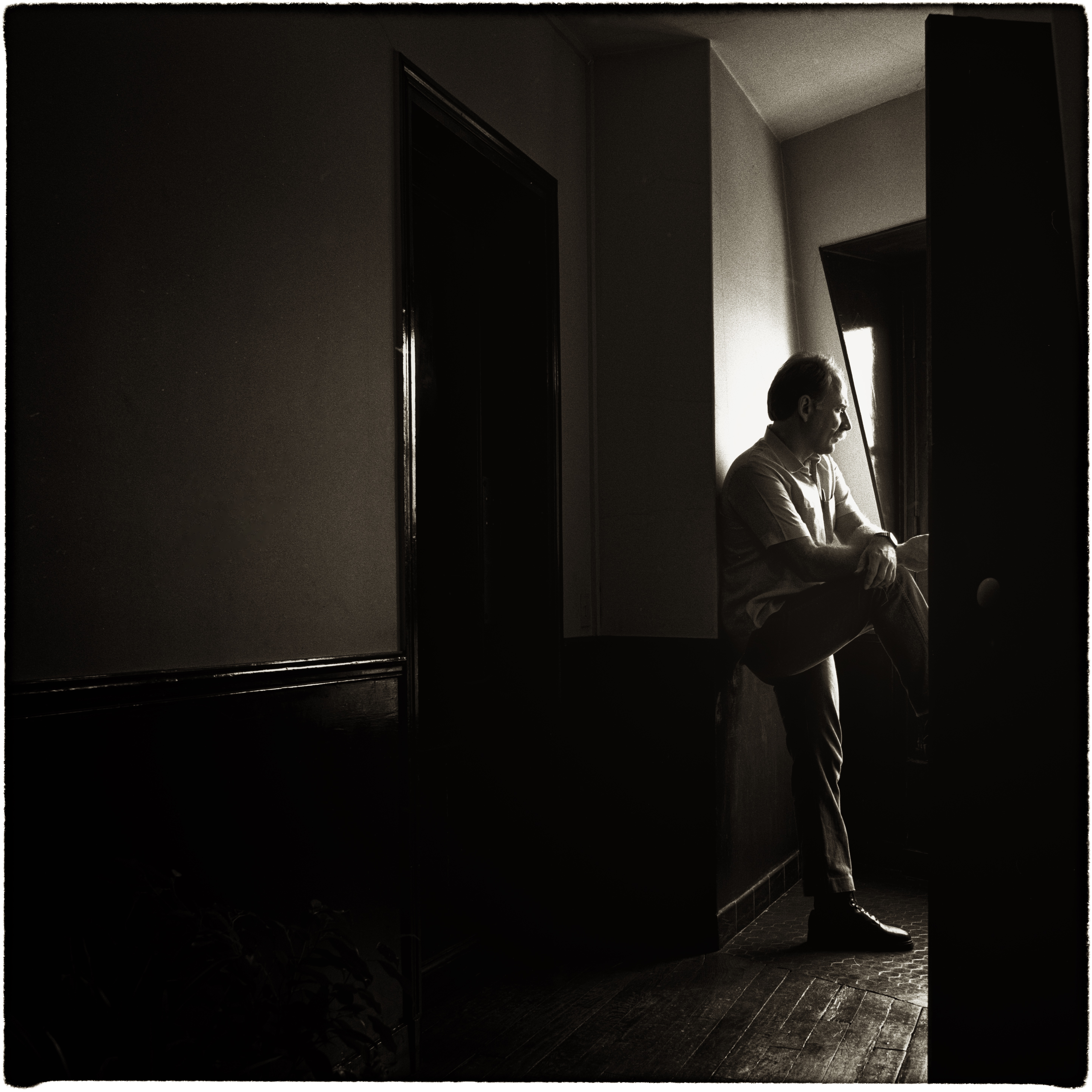
Imagination
This inevitably leads the discussion to Peter’s own philosophy of photography. Arnold Newman was obviously a good mentor because over the last three or so decades, Peter has won many photography awards, mostly all with portraits and it’s perhaps something of an omission that he hasn’t included himself in A Few Of The Legends, but then his undeniable skills as a (mostly) sympathetic portraitist are plain to see on every other page.
It can’t have been easy creating portraits of some of the world’s best-known portrait photographers or, indeed, some of the world’s best-known photographers, full stop.
“People always comment about me wearing odd coloured shoes and socks [in this interview his feet are a riot of bright colours]. It’s a childish thing to do, but there’s a deliberate reason behind it, because, when I get up in the morning, it reminds that if I want to do something creative that day, I have to keep in touch with the inner child... in other words, I have to keep in touch with my imagination. And it’s from an imagination – and perhaps also an innocence – that great photographs emerge.”
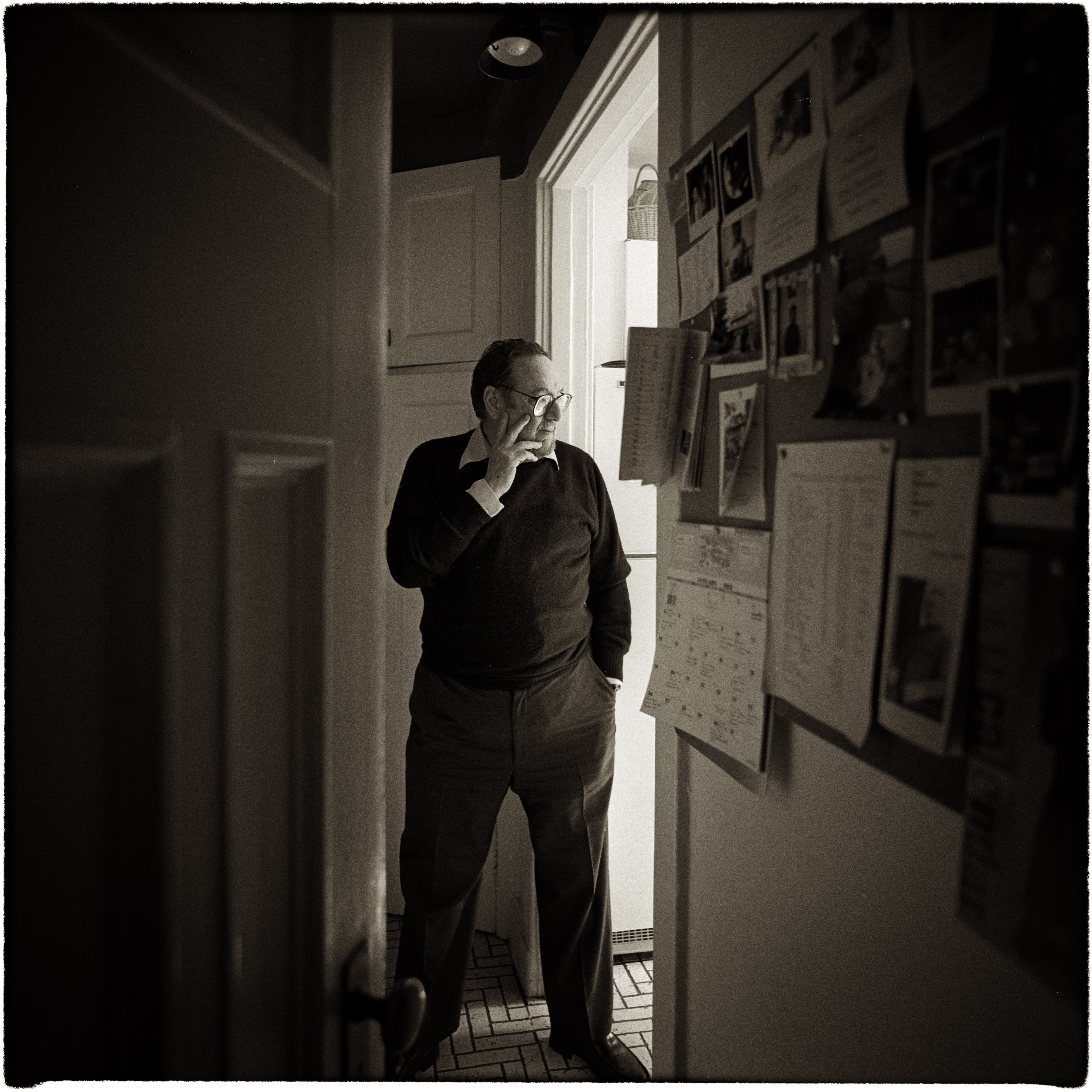
It’s the photographs that are at the heart of A Few Of The Legends – an earlier working title was arguably more apt, Who Shot That? – and then, through his interviews and portraits, Peter Adams provides a glimpse of the person behind the camera.
What makes this book different from just about any other that’s documented the lives of famous photographers is that it also provides a glimpse of the human being behind the photographer – Robert Doisneau photographed in his favourite bistro, Arnold Newman outside his tiny kitchen, Terence Donovan at the judo studio and plenty of others with their beloved pets or children (or American Reid Miles with his Lincoln V12 KA Cabriolet Convertible, originally built for actress Jean Harlow in 1933).
Peter says he always left the portraits to the end of the interviews – because then he could pick up a bit more about his subject – and all were taken with whatever light was available and in whatever location that he could make work.
“A lot of them were very badly exposed,” he says candidly, “because there was usually no light, but I really didn’t have the time to set up any lighting and, besides, I felt all that mucking around would kill the moment. My approach was, I’m just going to photograph you as I find you. Many of them are really just snapshots, but deliberately so.

“To be honest, I don’t think too many of the subjects liked the photographs that I took of them, but then that’s true of life because people don’t see themselves as you see them. As it happens, one of my own favourites is my portrait of Duane Michals – who was also very hard to get to see because he is such a private person – and I was very happy when I got a message from his agent saying that he liked it so much he wanted a print.”
However, after all these encounters with famous photographers, Peter states, “I am no longer in awe of those I photograph. After meeting so many, I realise they are just normal human beings, with disparate egos running the gambit from horrid to lovable! They are no longer demi-gods. I guess that must also mean that I’ve mellowed a little.”
The production of A Few Of The Legends is complete, but the COVID-19 pandemic has pushed the printing and launch to 2021. Still, after close to 38 years in the making, what’s a short six-month delay? For updates visit Peter Adams' website.
Australian Camera is the bi-monthly magazine for creative photographers, whatever their format or medium. Published since the 1970s, it's informative and entertaining content is compiled by experts in the field of digital and film photography ensuring its readers are kept up to speed with all the latest on the rapidly changing film/digital products, news and technologies. Whether its digital or film or digital and film Australian Camera magazine's primary focus is to help its readers choose and use the tools they need to create memorable images, and to enhance the skills that will make them better photographers. The magazine is edited by Paul Burrows, who has worked on the magazine since 1982.
